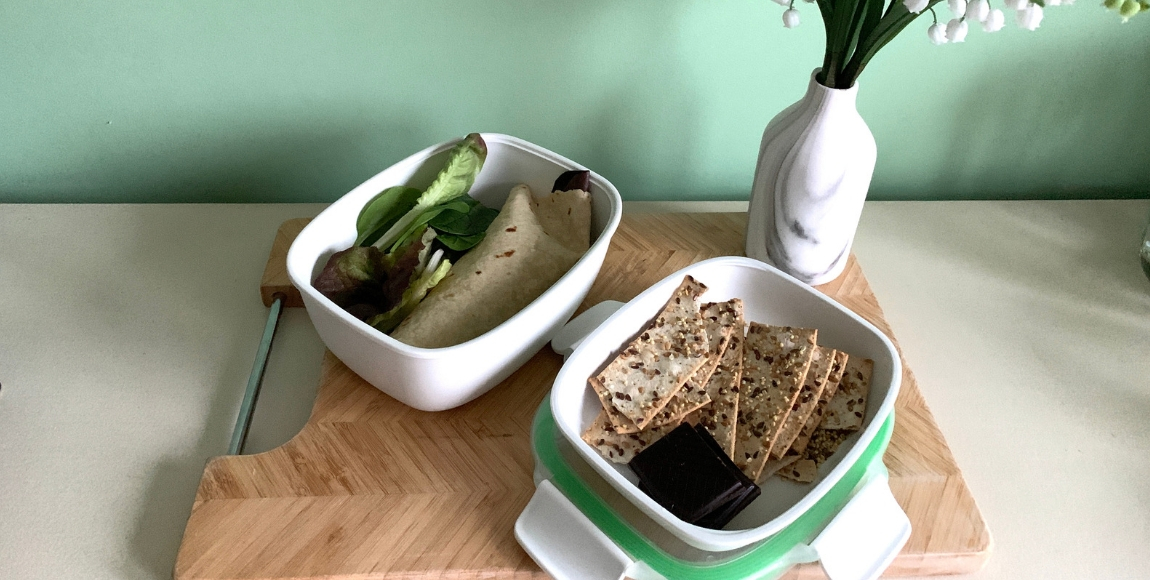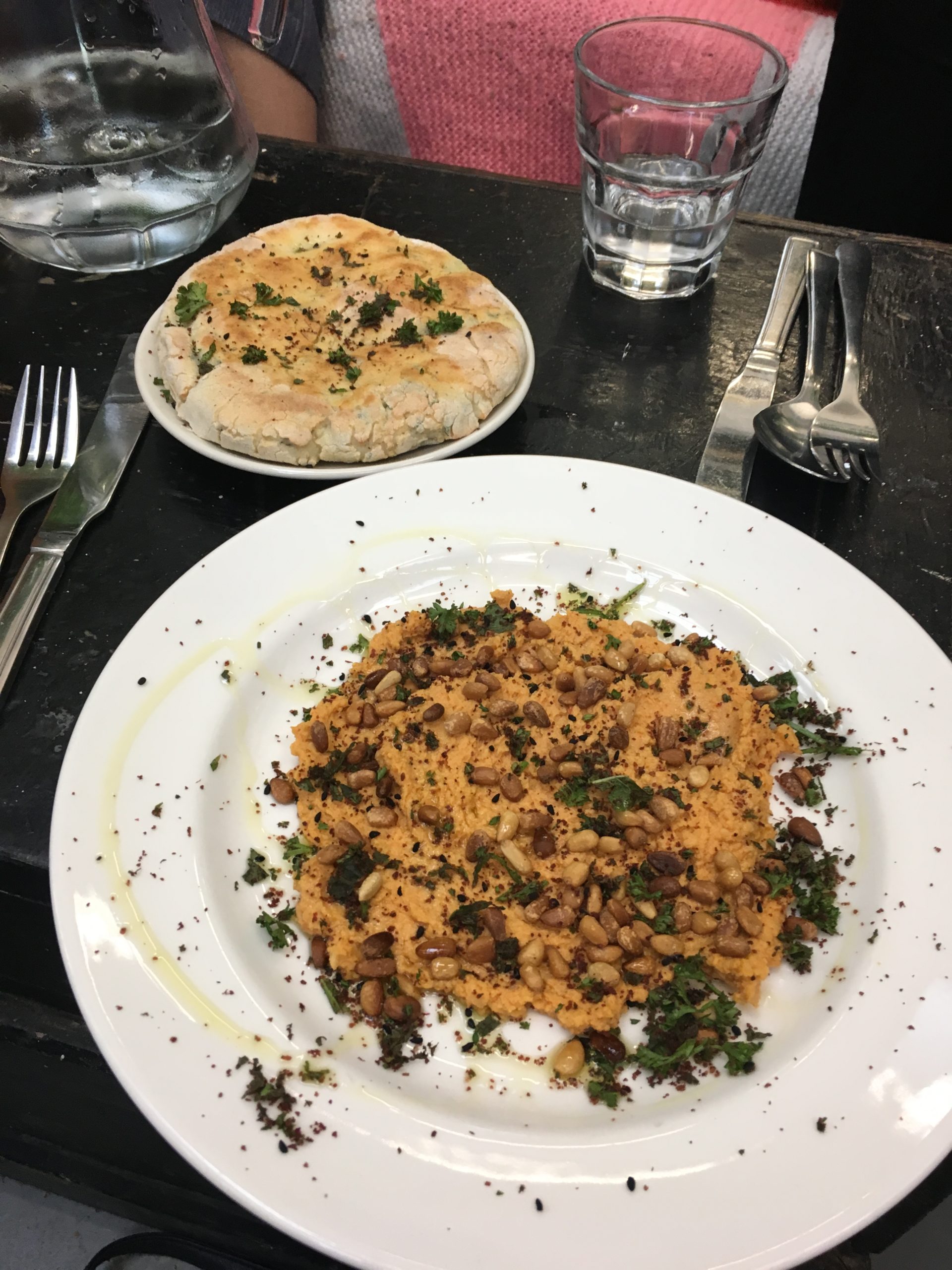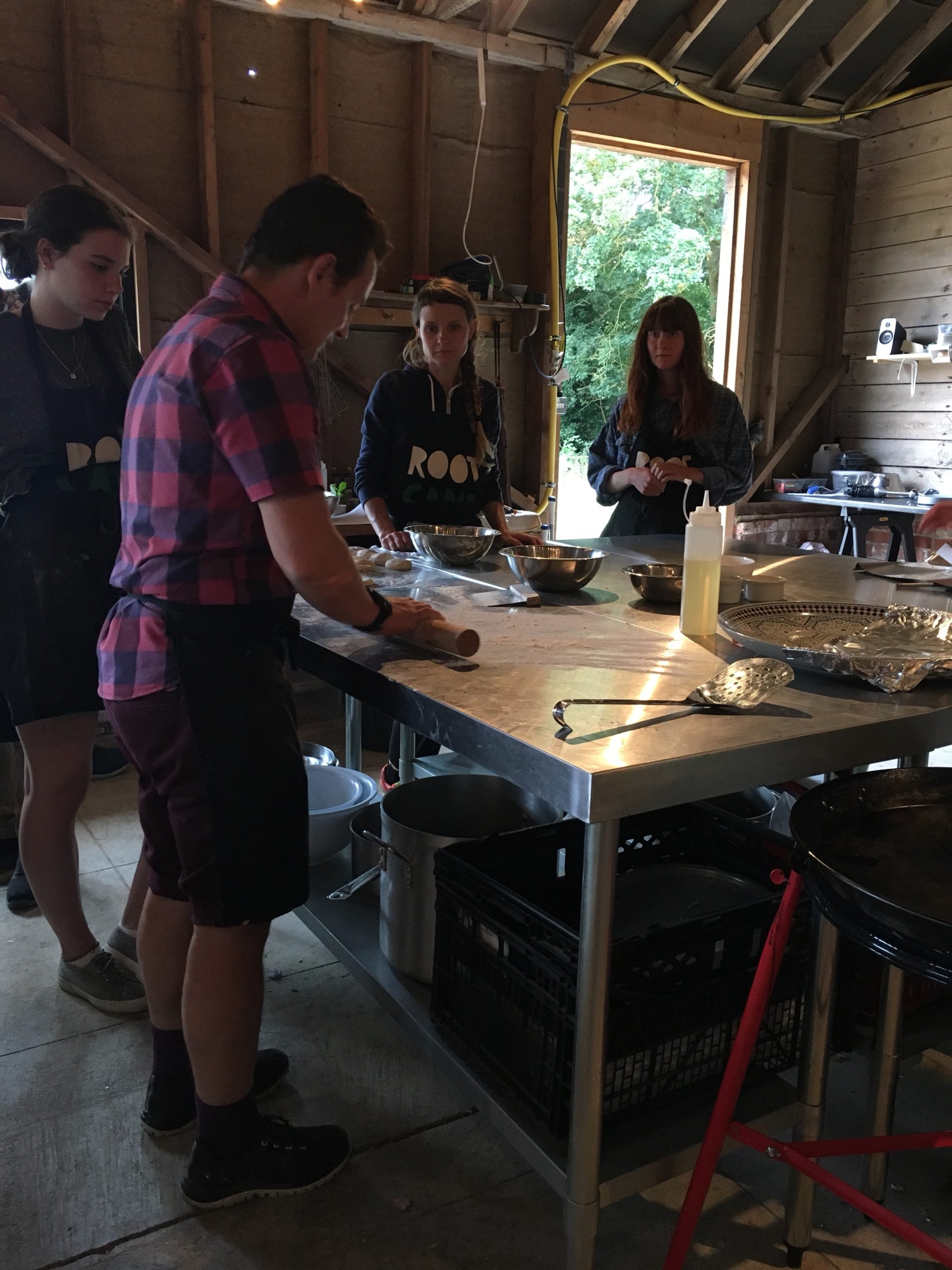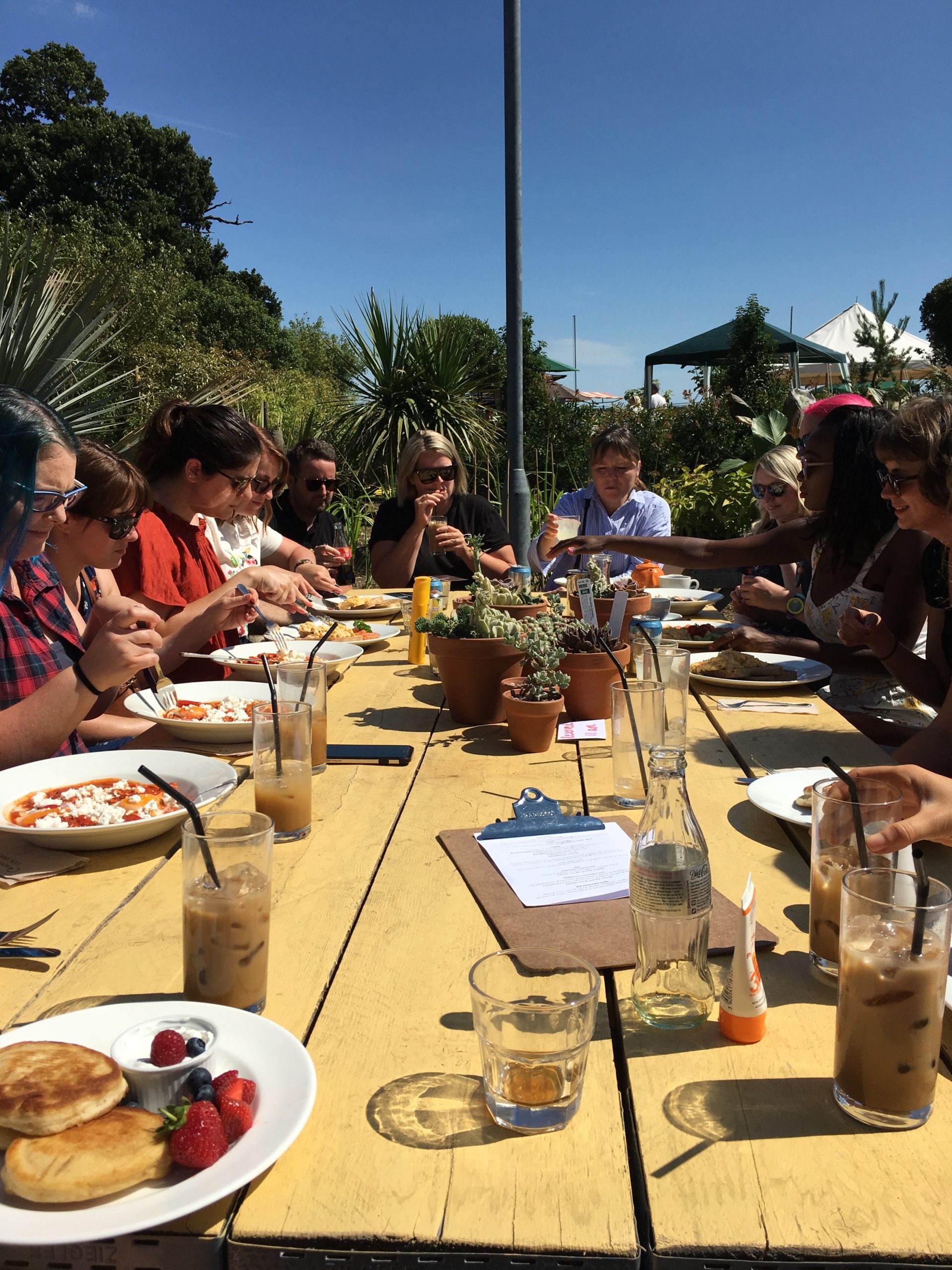What I’ve learnt from the #FoodSavvy Challenge [AD]

February has zoomed past and we’re now at the end of the #FoodSavvy Challenge! It’s time to look back and see the difference in my statistics and how much I’ve learnt during the project.
In the first week of the challenge I weighed 325g of food waste that went into the compost bin. However, I only ate at home three times that week (I was eating out with friends and at events). Whereas this week I’ve been eating at home every day and have put 300g into the compost bin, so that’s a reduction even though I’ve been cooking at home more.
I also ended up with a total of 12 single-use plastics in the first week that either went into recycling or in the bin. So far during the last week of the challenge there’s been 4.
Here’s how I’ve managed to reduce my food waste and plastic use:
1. Meal planning
Planning my meals is never easy as my work is very varied (as is my partners). But we actually went around the shop together picking out meals for each day and deciding when we would eat them – a big change for us and one I’m hoping we can keep up in the future.
2. Using the freezer
We’ve been putting bread in the freezer and my mum has really kindly been putting left over sauces into tubs and bringing them over for us to freeze (what a gem!). Quick and easy homemade sauces in our freezer and we’re both saving on food waste; win-win!
3. Taking my own lunch to work
The last few weeks I’ve been making a real effort to either take leftovers in a lunchbox or make salad or wraps to take to work. This has majorly cut down on my single-use plastic as I haven’t been buying sandwiches on the go.
3 top tips if you want to take part in your own #FoodSavvy Challenge:
1. Use your left overs to make new dishes
Using up leftovers will save time and money in the long run. Batch cook and freeze dishes or make something new from your leftovers. Fellow blogger Cassie Fairy has a fantastic recipe for bubble and squeak using left over Sunday roast that I really want to try!
2. Make a meal plan and only shop for things on the list
This will cut out so much waste as you’ll only be buying things that will directly go into a meal. No extra bread to throw away or snacks that don’t get eaten before the expiration date.
3. Consider shopping at refillable places
If you can, try shopping at stores that use less plastic. Places like Refill in Leiston and the mobile shop Cupboard Love will allow you to bring your own container to purchase all kinds of items including pasta, rice, nuts, grains and flour. That way you only buy what you need at the time, saving waste as well as all the plastic packaging.
You can receive personalised tips by taking the quiz on the #FoodSavvy website. Take a look to find out how to make savings and start to help the environment too.
The challenge has definitely given me the push that I needed to make changes. Making lifestyle changes is never easy, but when there’s a good cause there’s a real incentive to succeed. I’m looking forward to continuing my journey being #FoodSavvy.
You can check back on the start of the #FoodSavvy Challenge and read my update here.
This blog post is a paid collaboration with #FoodSavvy Challenge. To read my full disclosure policy, click here.


